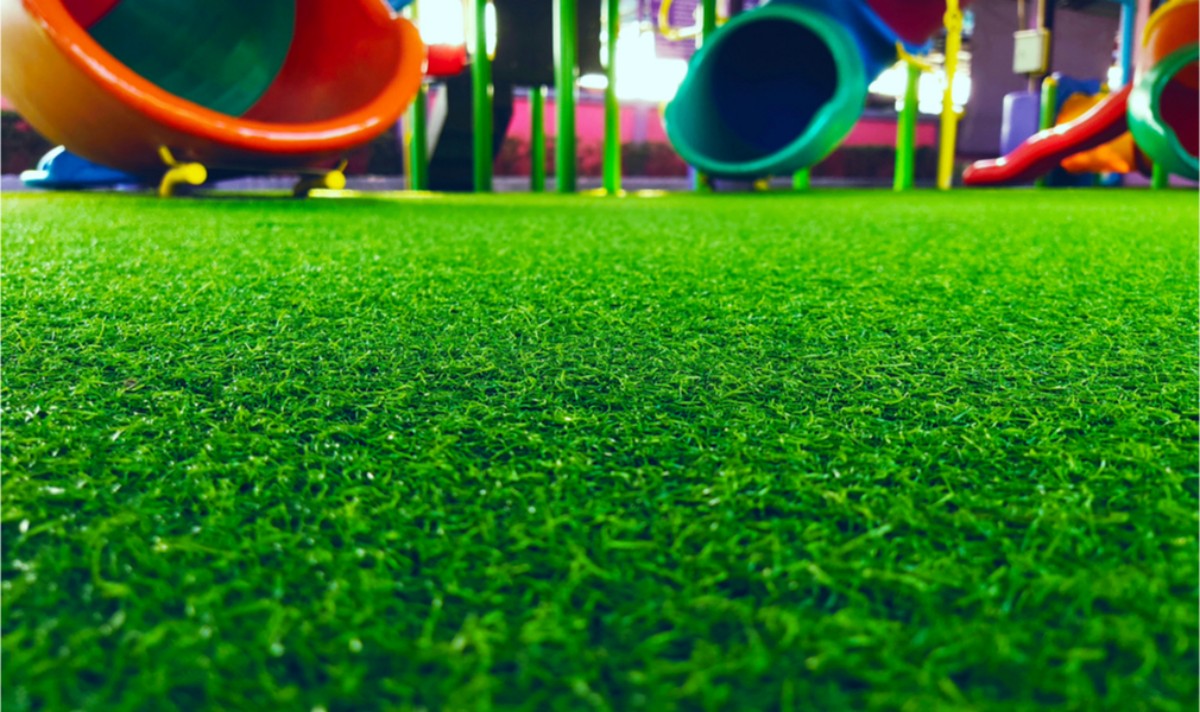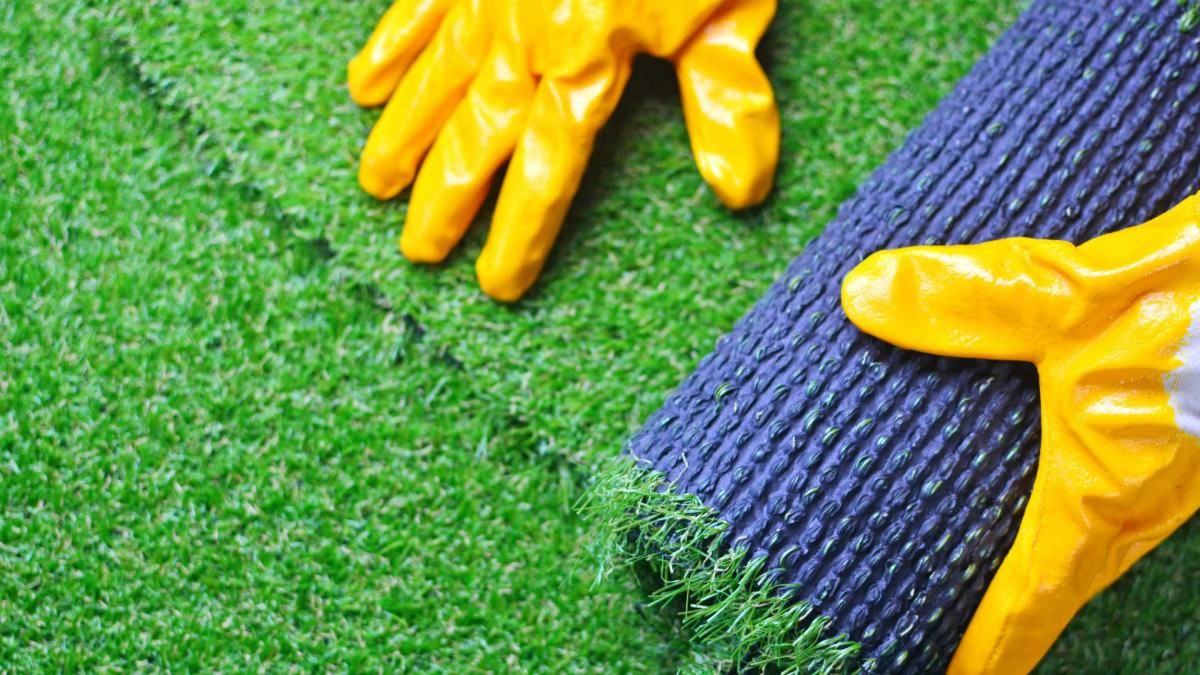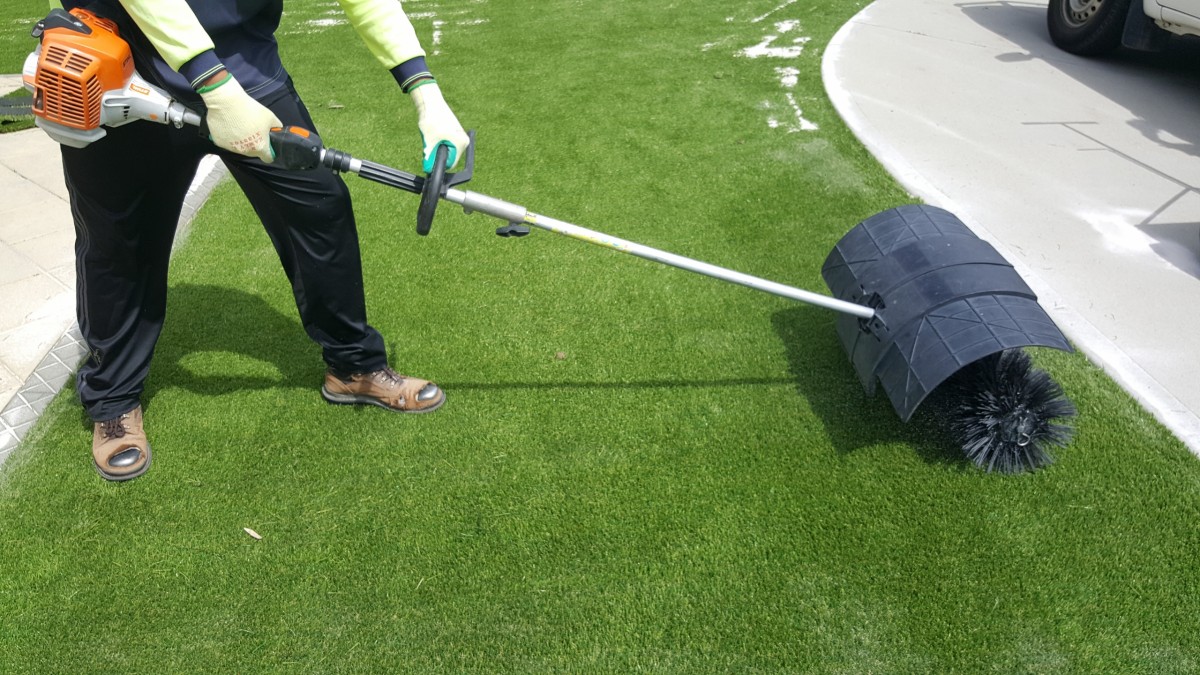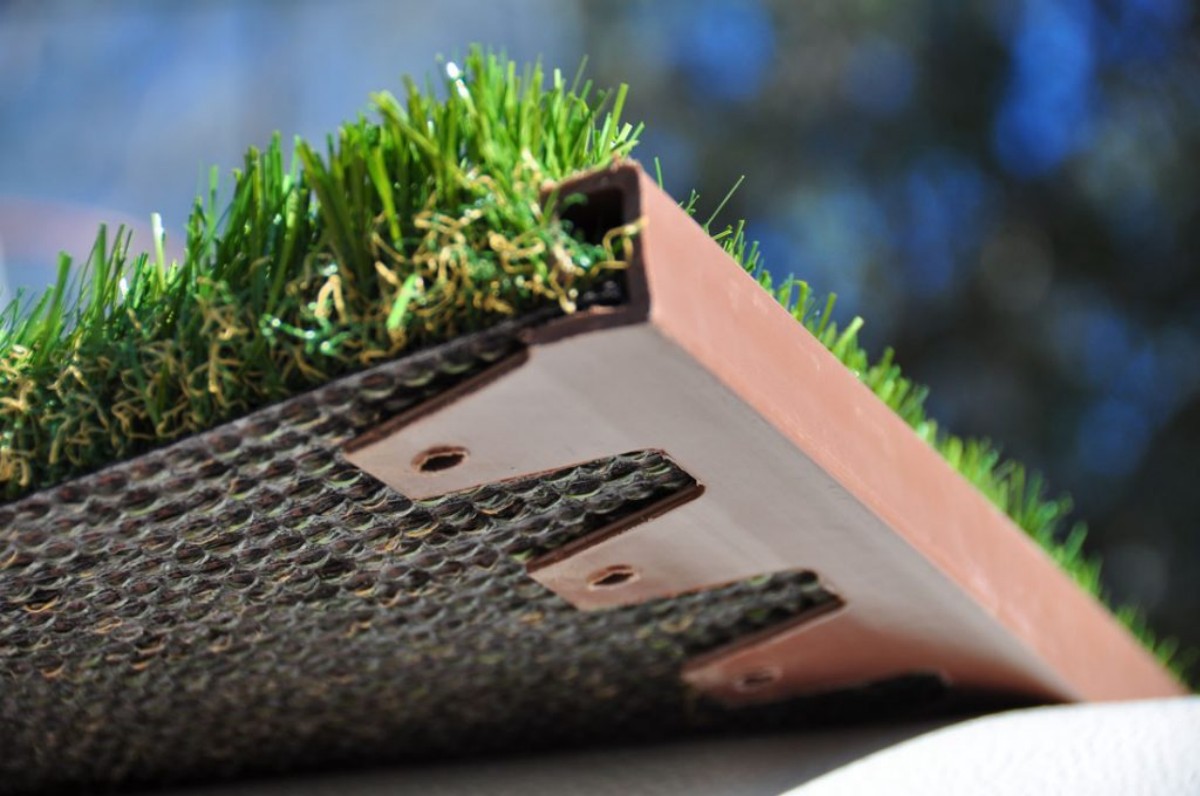News Center
Shandong Zhensure New Materials Technology Industry Co., Ltd.
Discovering that the edges of your artificial grass are lifting or peeling up can be a frustrating sight for any property owner or field manager. This issue, commonly known as seam or edge lifting, primarily points to adhesive failure. For distributors and contractors, understanding the root causes of this problem is crucial for both proper installation and effective remediation. This guide will explore why artificial turf edges lift and provide practical solutions to ensure a flawless, long-lasting finish for your clients.

The integrity of a synthetic lawn's installation hinges on the strength of its bonds, especially at the seams and perimeter. When edges lift, it's almost always a sign that the adhesive securing the turf to itself or to the edge trim has failed. This failure can typically be traced back to one of two phases: the initial installation or during post-installation use.
Primary Cause: Improper Application During Initial Installation
The most frequent culprit behind lifting edges is subpar workmanship during the glueing process. Several critical mistakes can occur:
Incorrect Adhesive Amount: Applying too much adhesive can slow down the drying time significantly. If the turf is joined before the adhesive is tacky-dry (ready for bonding), it may appear secure initially but will fail to create a permanent bond. Conversely, using too little adhesive simply cannot provide the necessary holding power.
Poor Surface Preparation: Any dust, moisture, or debris on the turf backing or the joining tape will prevent the adhesive from forming a strong bond. A perfectly clean and dry surface is non-negotiable.
Secondary Cause: High-Intensity Use and Environmental Stress
Even a well-executed installation can succumb to excessive stress. In sports fields or high-traffic areas, constant shear forces can gradually weaken the adhesive bond over time, particularly at the most vulnerable points—the seams. Furthermore, extreme temperature fluctuations can cause materials to expand and contract, adding additional strain.

Proactive Solutions and Best Practices
Prevention is always better than cure. For a resilient installation, we recommend conducting a simple bond test on a sample piece before beginning the full project. A properly glued seam should be exceptionally difficult to peel apart by hand once the adhesive has fully cured. Always wait until the adhesive is touch-dry—tacky but not wet—before pressing the turf pieces together. Using a premium seam tape and adhesive specifically designed for synthetic turf is fundamental to success.
Addressing Lifting Edges on an Existing Lawn
Repairing a lifted edge on an infilled system is a labor-intensive process. It requires carefully removing the infill material (quartz sand and rubber granules) from the affected area, thoroughly cleaning the exposed backing and seam tape, and re-gluing with a high-strength adhesive. After the repair, the infill must be carefully replaced and leveled. This complexity underscores the importance of a flawless initial installation and a rigorous final inspection.

To circumvent these challenges entirely, consider innovative installation methods. Zhensure advocates for the use of specialized edging systems and securing accessories, which can provide a more robust and mechanical hold compared to adhesive alone. These solutions are designed for easier application and offer superior long-term stability. For professional installers and distributors seeking to enhance their service quality, exploring these advanced synthetic grass installation materials can be a game-changer, minimizing callbacks and ensuring client satisfaction. By focusing on superior materials and proven techniques, you can effectively prevent and resolve issues with lifting edges on artificial grass

Installing WPC decking is renowned for its simplicity compared to traditional materials like ceramic tiles, offering significant time and cost savings.
Discovering that the edges of your artificial grass are lifting or peeling up can be a frustrating sight for any property owner or field manager.
When selecting WPC (Wood Plastic Composite) decking for a project, buyers are often faced with a fundamental choice right from the start
When selecting high-quality Artificial Grass, buyers often focus on the manufacturer’s reputation, product durability, and cost.
Artificial grass has become a premier choice for a multitude of applications, from expansive sports fields and football pitches to residential lawns and commercial landscaping.